Date: 9 January 2004
In a competition sponsored by automotive glass maker PPG Industries, winning designs by students of Detroit's College for Creative Studies (CCS) show how glass can add utility, enhance overall design or both for a concept vehicle based on the Honda Element.
PPG's Barry McGee, vice president, automotive glass, presented the PPG Design Challenge Awards, for 2003, to these CCS transportation design sophomores:
-- First place: Shigenori Maeda, 24, Tsu, Japan, near Kyoto.
-- Second place: Constantine "Angelo" Kafantaris, 19, Warren, Ohio.
-- Third place: Min-Hyung Kim, 19, Seoul, South Korea.
McGee presented the awards in the fourth annual auto glass design competition during ceremonies at the North American International Auto Show in Detroit. The students received specially designed glass trophies and scholarships of $1,500 for first place, $1,000 for second place and $500 for third place.
In his remarks, McGee noted that the awards give PPG the opportunity to benefit from the students' innovative ideas and to uncover new talent. Exemplifying his point, he cited a Nissan concept vehicle unveiled during the auto show for which PPG supplied a reflective concept glass. Involved in designing the Nissan Actic concept was a former PPG Design Challenge award winner, now working for Nissan: Randy Rodriguez, who took first place in the 2001 competition.
Judges for the 2003 PPG competition, all CCS alumni, were Erik Klimisch, design manager, Tough Truck Design, Ford Motor Co.; Mark Trostle, design manager, truck exterior and interior studio, DaimlerChrysler; Mike Pevovar, design manager, HUMMER, General Motors Corp., and Lorene Boettcher, global design and color manager, automotive coatings, PPG.
Thirteen transportation design sophomores submitted concepts. To prepare the students for the contest, PPG's Paul Eichenberg, North American marketing manager, automotive original-equipment glass, provided them with information about auto glass manufacturing, design and development. The students also heard from Amy McFarren, senior manager, automotive consulting, and Suzanne Bartsch, senior account manager, J.D. Power and Associates, who defined the design parameters.
The challenge was for the students to design the next-generation Honda Element or Element buyer's next Honda vehicle with new, unique window systems to add utility, enhance overall vehicle design or both.
Concepts were judged on how the students differentiated their vehicles and addressed the target consumer's vehicle requirements for added utility, style, comfort and convenience. Judging criteria included appropriateness of the design and creativity as well as the students' sketch work and professionalism of their presentations before the judges.
First place: Shigenori Maeda
Maeda's first-place design for a two-passenger electric sports car affords passengers a panoramic view and what he described as "the resulting visual excitement" with its nearly all-glass top. The body sits on a flat, skateboard-like chassis.
The monumental rounded windshield of his design vehicle curves up to meet the glass roof, with the inset rear window continuing the roofline.
Maeda's inspiration was the London Eye, the world's largest observation wheel in London built to celebrate the millennium.
"The gondolas of London Eye are made mostly out of glass so that people inside can enjoy the unusual experience as if they are floating in the air, and I tried to capture the same kind of feeling and apply it to the vehicle," Maeda said.
Designed for the lifestyles of Generation Y and young Generation Xers, the vehicle's skateboard-like chassis affords large storage space under the hood.
Side bumpers physically protect passengers, supporting their feeling of safety, Maeda noted, so that "they can enjoy driving without being worried about crashes."
Second place: Constantine "Angelo" Kafantaris
Separate pods with glass tops and sides connect to a central spine in the second-place design by Kafantaris for a modular hydrogen-electric car constructed from pre-assembled drive and power units, with the pods designed to suit the individual customer's taste.
Kafantaris used modular construction because he believes it affords independence and flexibility, much like that in a personal computer, with the main components subsystems from different manufacturers.
"It is feasible to build a hydrogen car this way because its electric motors are integrated in the wheels themselves, without the restrictions of a conventional engine, transmission and central power train," he said. "This allows the car to be partitioned along new lines and, more importantly, assembled with specialty units -- electric motors/hubs, control servos, fuel cells -- supplied by unrelated firms."
Kafantaris's concept calls for use of high-performance glass materials that can be bent without breaking and welded from sections into a whole. He believes such materials would be ideal for constructing the pods' roof and sides.
"Advances in glass technology have made such materials possible," he said. "These materials are strong and malleable as well as fusible. They can replace steel structures, and allow the driver and passengers to see through otherwise hidden areas of the car."
Seated inside the pods, the driver and passengers would have an almost unrestricted view of the road, giving "the feeling of openness with a smaller space."
Third place: Min-Hyung Kim
Kim's third-place design is for a two-person roadster with a central cable from which two sheets of glass are attached to form an angular gullwing roof and bend down to the floor sills. There is no body frame, with the glass shaping the passenger compartment.
The simple glass lines afford better visibility for the driver and passenger, Kim said.
In addition to four small storage compartments tucked inside the vehicle, next to the fully exposed wheels, a large storage area slides back from beneath the car for easy loading and unloading.
Kim patterned his vehicle design after General Motors' AUTOnomy concept, which provided more design freedom because it is powered by hydrogen fuel cell technology, allowing him to eliminate the engine and steering column as well as the hood and trunk.
New technology would be required to create an enhanced-strength glass, according to Kim.
About PPG Industries
Pittsburgh-based PPG Industries is North America's largest manufacturer of automotive glass for original-equipment and replacement applications, the world's leading maker of transportation coatings, and also a global supplier of chemicals and fiber glass. The company has been an official sponsor of the North American International Auto Show for 10 years. PPG is the only manufacturer supplying glass, coatings, fiber glass and chemicals to the global automotive market, with its products comprising more than 90 percent of a vehicle's exterior surface.
Sales in 2002 were US $8.1 billion.

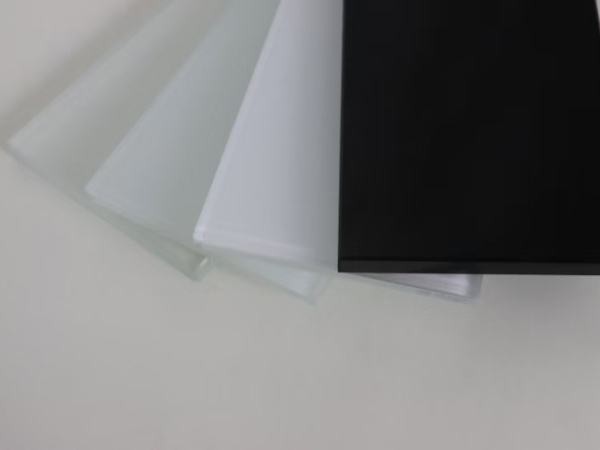
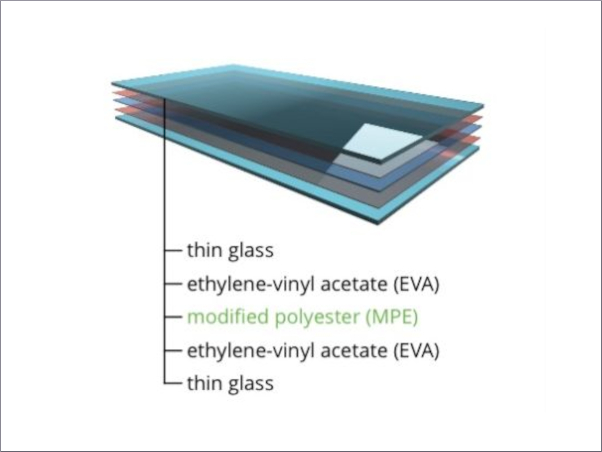
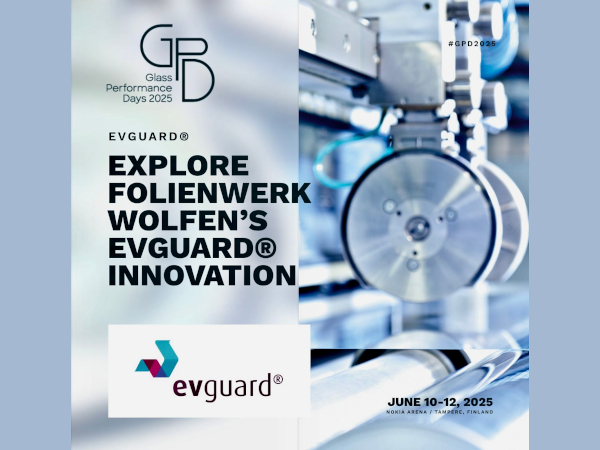
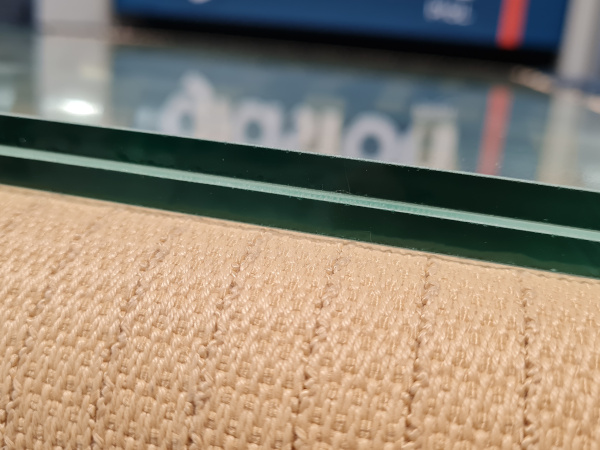
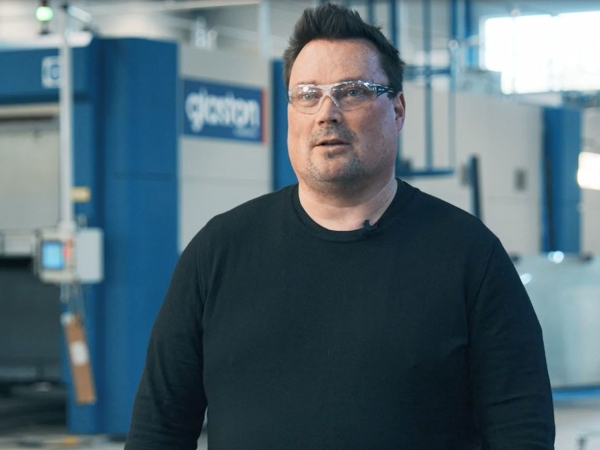
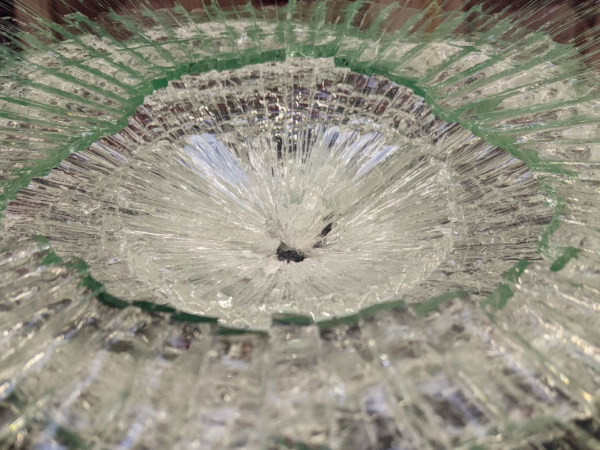
















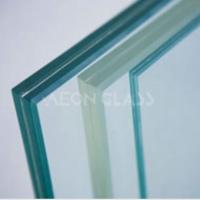
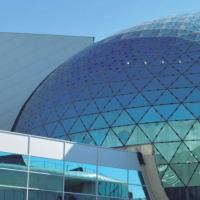
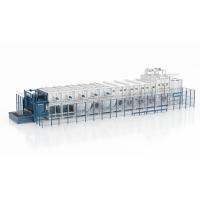

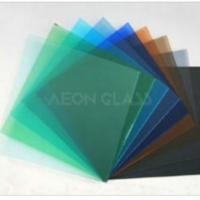
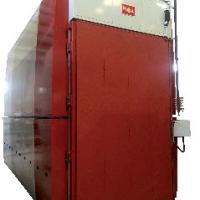
Add new comment